SAP Finance and Controlling (FICO) Training Course Outline
Module 1: Introduction to SAP S/4
- Overview of ERP Systems
- Advantages of SAP S/4 Over Other ERP Systems
- Introduction to SAP S/4 FICO
- SAP S/4 Architecture
- Multi-Tenant Landscape
- Managing Transport Requests
- SAP S/4 Message Types
- 4 C’s in SAP S/4 Implementation
Module 2: Financial Accounting Basic Settings
- Configuring Companies
- Assignment of Company Code
- Business Area Configuration
- Chart of Accounts Setup Specific to S/4
- Account Group Configurations
- Retained Earnings Account Management
- Fiscal Year Variants Specific to S/4
- Field Status Variants and Their Allocation
- Tolerance Groups for GL Accounts and Employees
- Document Types and Posting Period Variants
- Setting Global Parameters
Module 3: General Ledger Accounting
- G/L Account Operations (Display, Change, Block, Unblock)
- Document Entry and Posting (FB50, FB01)
- Generating G/L Account Balances and Line Items
- Handling Parked and Hold Documents
- Steps for Creating and Posting with Sample Documents
- Document Reversal Techniques: Individual and Mass Reversal
- Managing Accrual and Deferral Documents
- Exchange Rate and Currency Translation
- Clearing Types (Standard, Partial, Residual)
- G/L Account Posting and Tolerance Configurations
Module 4: Accounts Payable
- Creating Vendor Account Groups
- Setting Number Ranges for Vendor Master Records
- Developing Tolerance Groups for Vendors
- Vendor Master Data Creation and Management
- Payment Terms and Cash Discounts Configurations
- Automating Payment Program Settings
- Managing House Banks and Payment Transactions
- Check Management and Payment Advices
Module 5: Accounts Receivable
- Customer Account Group Settings
- Number Ranges for Customer Master Records
- Customer Master Data Management (XD01/FD01/VD01)
- Dunning and Cash Discount Configurations
- Automated Payment Program for Customers
Module 6: Bank Accounting
- Configuring Electronic Bank Statements (EBS)
- Cash Journal Management
- Bank Account Operations
Module 7: Asset Accounting
- Asset Accounting Configuration and Management
- Depreciation Settings and Calculations
- Asset Transactions and Year-End Activities
Module 8: New General Ledger Accounting
- Implementing Parallel Ledgers
- Document Splitting Techniques
Module 9: Financial Reporting
- Financial Statement Version (FSV) Configuration
Module 10: Basic Settings for Controlling
- Definition of Controlling Area
- Number Ranges and Plan Versions for Controlling Area
Module 11: Cost Element Accounting
- Creating Primary and Secondary Cost Elements
- Automatic and Manual Creation of Cost Elements
- Management of Cost Element Master Records
Module 12: Cost Center Accounting
- Setting up Cost Centers and Cost Center Groups
- Hierarchical Structures and Planning for Cost Centers
Module 13: Period-End Activities
- Managing Statistical Key Figures
- Assessment and Distribution Cycles
- Periodic Reposting
Module 14: Internal Orders
- Order Types and Creation of Internal Orders
- Internal Order Master Data Management
- Variance Analysis and Settlement Profiles
Module 15: Profit Center Accounting
- Creation and Management of Profit Centers
- Defining Control Parameters and Planning Versions
- Document Settings for Profit Center Accounting
Module 16: Profitability Analysis
- Configuration of Operating Concern
- Mapping SD Conditions to Copa Value Fields
- Analysis of Profitability Segments
Module 17: Product Cost Planning
- Material Costing, Bill of Materials, and Routing
- Creating and Managing Cost Estimates
- Using Costing Variants for Product Costing
Module 18: Financial Accounting with Materials Management
- Integration with Organisational Units in MM
- Vendor and Purchasing Configurations
- Invoice Verification and Goods Receipt Processes
Module 19: Financial Accounting with Sales and Distribution
- Integration with SD Organisational Structures
- Pricing and Billing Configuration
- Order to Cash Process
Module 20: Validations and Substitutions
- Configuration for Document Level and Line Item Level
- Using Sets for Validation and Substitution Rules
Module 21: Taxation
- Configuring Input and Output Taxes
- Tax Calculation Procedures
Module 22: Year-End and Month-End Closing
- GL Account Balance Carry Forwards
- Managing Special Period Posting
Module 23: Trading Partner Configuration
- Setup and Reporting with Trading Partners
- Configuring Intercompany Transactions
Module 24: Mass Maintenance
- Tools and Processes for Changing Multiple Master Data Entries
- Using Mass Change Options Effectively








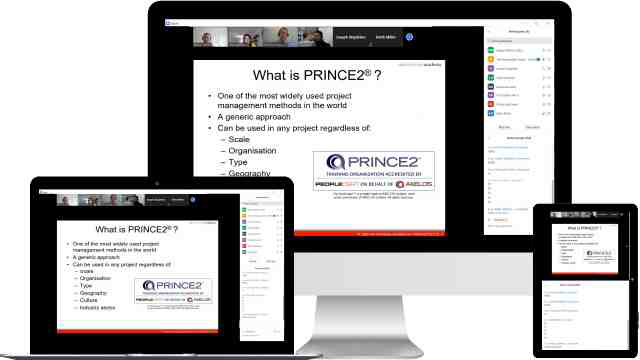
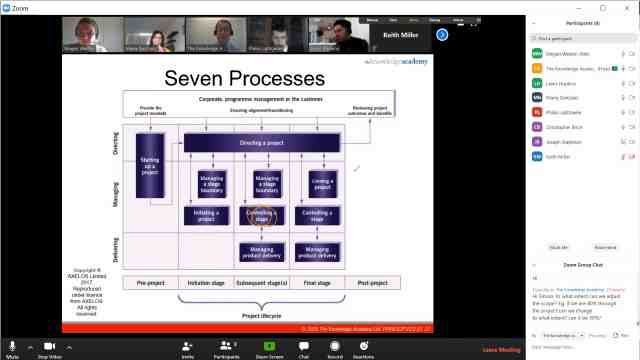
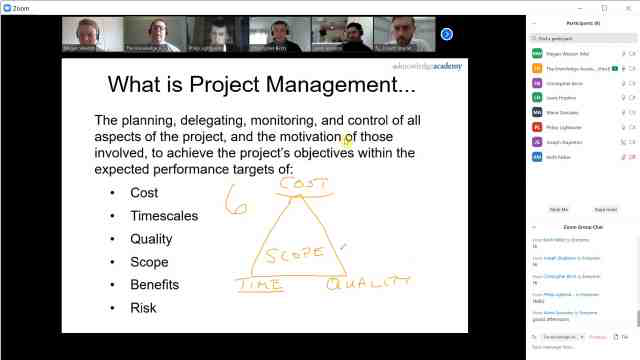
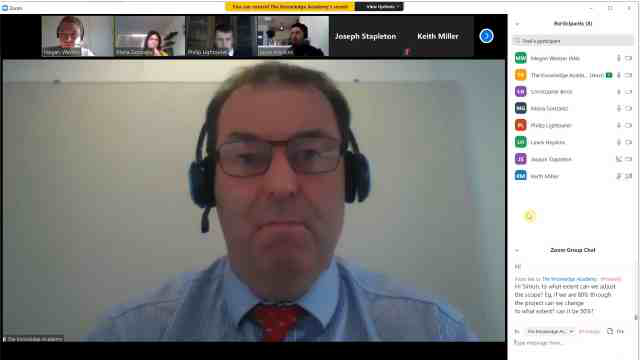
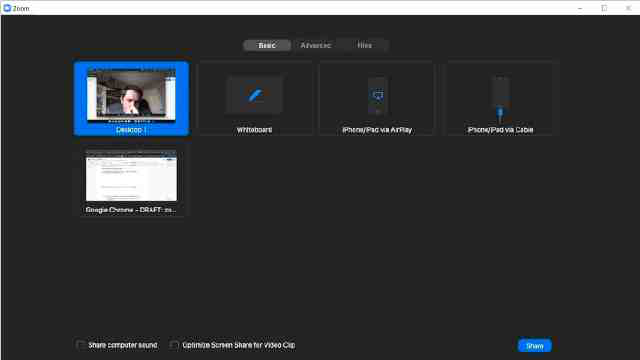


























 Back to course information
Back to course information




 If you wish to make any changes to your course, please
If you wish to make any changes to your course, please

